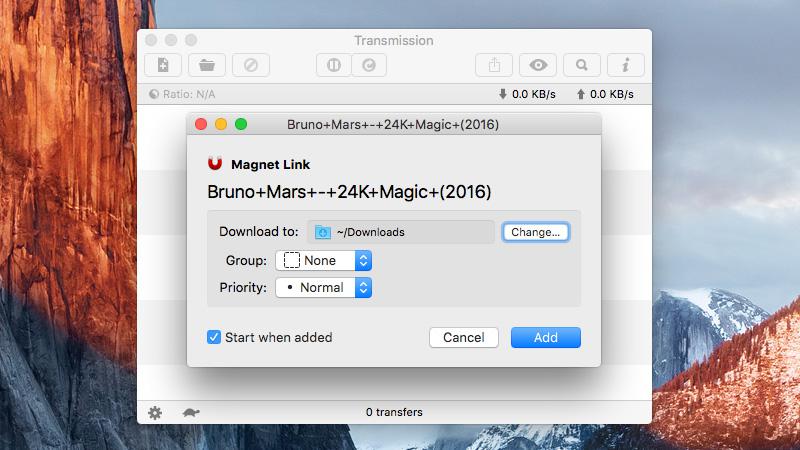

LaunchOverrides, which can disable specific version ranges of apps from being launched these prevent many older apps from being run.HighResolutionOverrides, which overrides High Res options for apps.AppNapOverrides, which sets App Nap behaviours.Additions, which assigns a lot of app categories, sets Java version requirements, and determines default settings for quarantine on documents created by apps.The ist property list contains five dictionaries: These are listed in the Additions item in /System/Library/CoreServices/CoreTypes.bundle/Contents/Resources/ist. MacOS also provides a set of overrides to what appears in the ist of many apps. You may be able to get away with this for the time being, particularly on older versions of macOS, but it generally isn’t a wise choice. You can of course edit an app’s ist, but in doing so will break its signature. If an unsandboxed app’s ist doesn’t set LSFileQuarantineEnabled explicitly, then the default is not to set the quarantine flag.

When this is set to true, every new file created by that app should have the quarantine flag set when false, they won’t unless macOS overrides that behaviour. The entry there which controls flag behaviour is named LSFileQuarantineEnabled, and you can inspect this in each app to check what should happen when that app creates a new file, for example when downloading something from the Internet.
Transmission for mac os catalina software#
This article looks in more detail at how setting the quarantine flag is controlled by apps and macOS, and explains how Apple mitigates this issue.Īlthough apps and other software can set and remove quarantine flags using explicit code, this is most usually left to a setting in the ist property list which every app is required to contain. I recently drew attention to the fact that, without a quarantine flag set on a download, it’s all too easy for malware to gain entry to a Mac, particularly if it’s running Mojave or earlier.


 0 kommentar(er)
0 kommentar(er)
